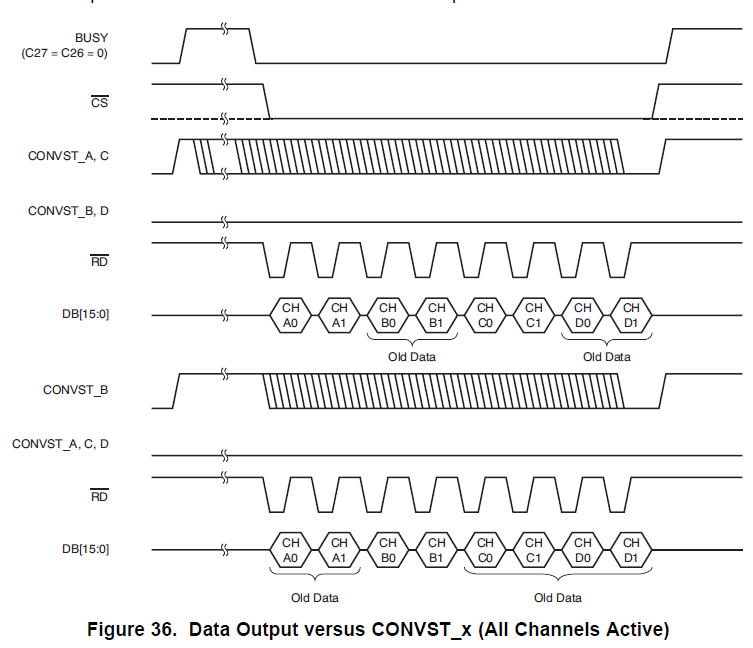Other Parts Discussed in Thread: DAC8563, ADS8584S
Hello,
I'd like to use an ADC which has 16-24 bit precision, high sampling and 4-channel bipolar input of +-2.5V . ADS8568 seems interesting to me however it has 8 channels. Do you have 4-channel version which has a similar (and simple) architecture like ADS8568?
Can you recommend a microcontroller which is suitable with DAC8563 and ADS8568 together in order to use in a battery powered, precise and fast, portable biomedical device? It should have minimum 3 SPI + 1 SD card interface.
Thanks in advance,
Handenur



